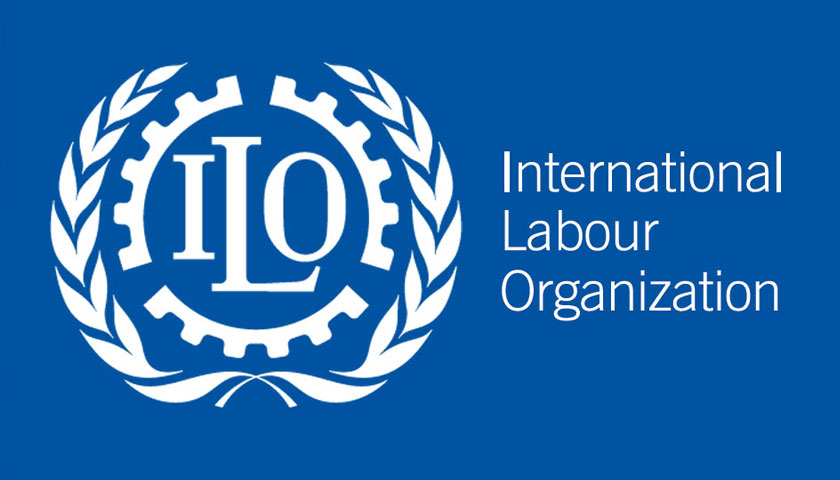Thirteen million people in 24 countries have benefited from increased access to improved social protection systems through an innovative programme on sustainable financing.
Sustainably financing social protection systems covers the way that governments mobilize, allocate and manage public resources to ensure they are viable in the long run. The programme, on Improving synergies between social protection and public finance management (SP&PFM), aims to strengthen the design and financing of national social protection systems and so improve the lives of millions of women, men and children.
The programme – funded by the European Union (EU) and implemented jointly by the International Labour Organization (ILO), UNICEF, and the Global Coalition for Social Protection Floors (GCSPF) – held an international symposium to showcase some of the innovative approaches used to strengthen rights-based social protection systems and prioritize gender responsiveness, disability inclusivity, and resilience to shocks. It is also helping to make social protection systems more resilient so that they can confront future crises, for example through the design and reform of unemployment protection systems in Peru and Ecuador.
Examples of SP&PFM interventions presented at the symposium included supporting countries’ responses to the economic impact of the COVID-19 pandemic. Elsewhere, it has helped to expand social protection for all 200,000 persons with disabilities in Kyrgyzstan, increased family benefits for 316,000 households with children in Senegal, and increased social protection for 230,000 informal economy workers in Nepal.
The programme underscores social protection’s crucial, strategic, role in fostering resilient and inclusive economies, and highlights the need for integrated policies, sustainable public finance management and strong multilateral coordination. One of the keys to its success has been increased coordination between Ministries in charge of finance and social protection. The effective participation of employers and workers organizations, as well as civil society in Africa, Asia, and Latin America, in the design, financing and governance of social protection schemes, has also been crucial.
“This innovative partnership has achieved impressive results in improving synergies between social protection and public finance management, supporting 17 countries in their COVID-19 response, improving the lives of millions, and demonstrating that social protection is not only a human right but also an investment,” said Erica Gerretsen, Director for Human Development, Migration, Governance and Peace at the European Commission department for International Partnerships.
“Austerity often reduces the margin that governments have to expand fiscal space and mobilize domestic resources, threatening budget allocations for social protection and social investments,” said Shahra Razavi, Director of the ILO’s Social Protection Department. “Therefore, working on the specific linkage between social protection and public finance management is literally a matter of life and death.”
“The programme has shown the importance of partnerships in closing financing gaps and increasing access to social protection for all, particularly children,” said UNICEF Director of Social Policy and Social Protection Programme Group, Natalia Winder-Rossi. “UNICEF will continue to build on the momentum created through this collaboration to leverage its country presence, programmatic and public finance expertise and commitment, to move this critical agenda forward.”
“The programme harnessed the power of collective action by strengthening civil society networks to better interact with state institutions,” said Uzziel Twagilimana, representative for the Global Coalition for Social Protection Floors. “We call upon Governments to establish institutional dialogue mechanisms on social protection policies, including its sustainable financing.”
The International Symposium , held on 27-28 June 2023, brought together more than 200 government officials, employers’ and workers’ representatives and other stakeholders.
13 million people enjoy better social protection through improved financing


